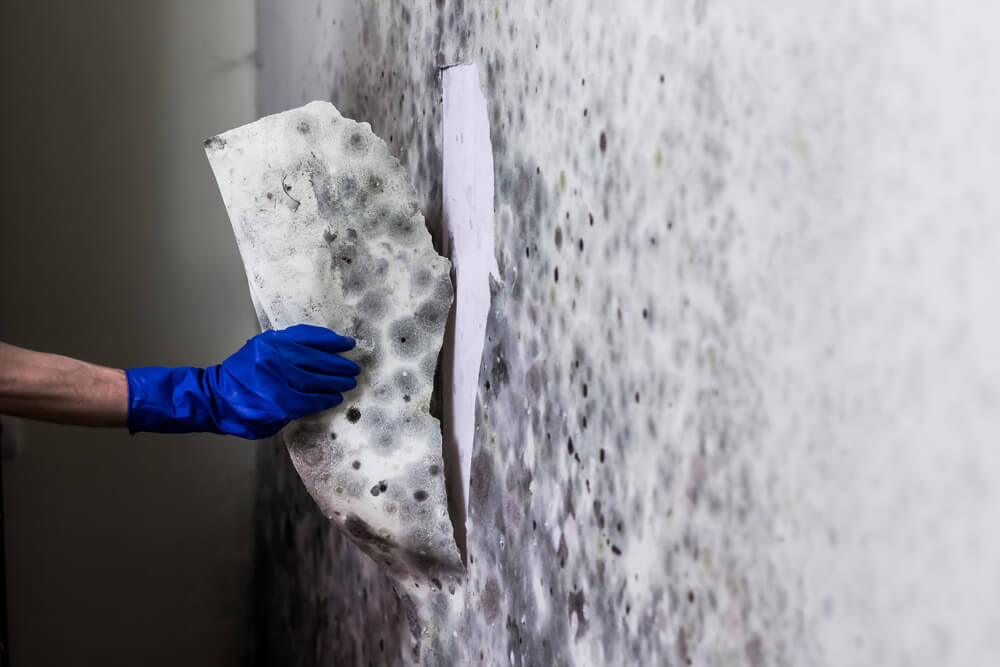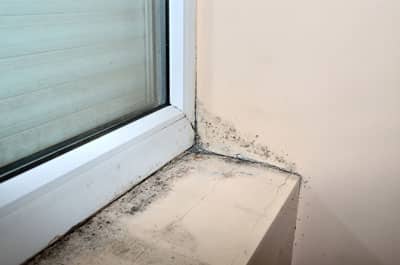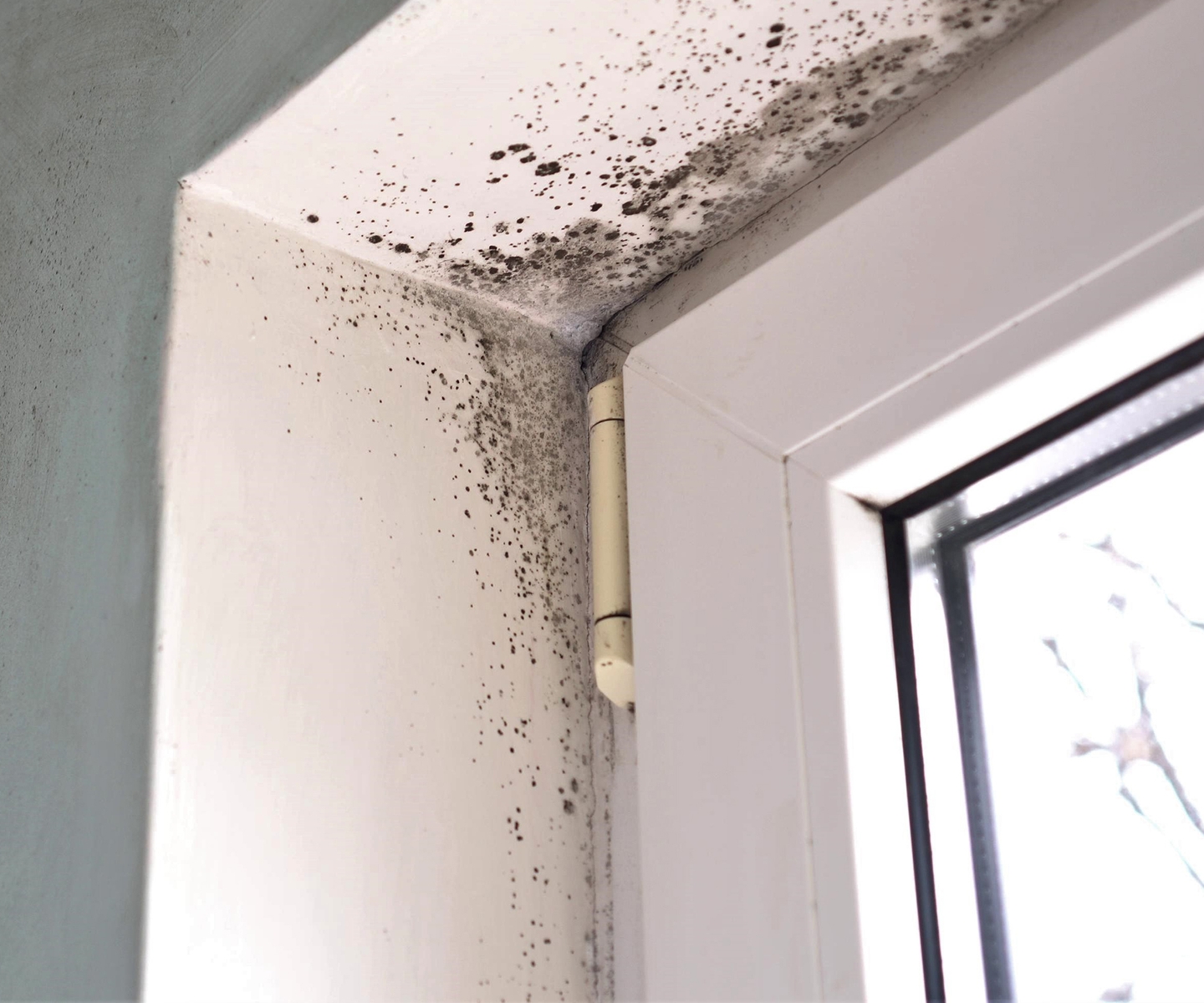Your Ultimate Overview to Message Mold Removal Methods
In the after-effects of mold invasion, understanding exactly how to effectively eradicate the mold and stop its reoccurrence is extremely important for keeping a healthy indoor atmosphere. From selecting the appropriate cleansing and sanitizing techniques to implementing strategies for long-term mold and mildew avoidance, each step in the removal journey plays an important role in guaranteeing an effective outcome.
Understanding Post-Mold Remediation Refine
After finishing the mold and mildew remediation procedure, it is vital to understand the post-mold remediation techniques that are needed to guarantee a effective and extensive clean-up. When the mold has actually been removed, the following action includes cleansing and sanitizing the impacted locations to avoid any type of regrowth of mold and mildew. This consists of utilizing specialized cleaning up representatives to wipe down surfaces and kill any type of staying mold and mildew spores. It is essential to dry out the area totally to prevent the development of mold in the future (Post Mold Remediation Report). Correct ventilation and dehumidification can aid in this process.
Furthermore, conducting a final evaluation post-remediation is important to guarantee that all mold and mildew has actually been efficiently eradicated. This examination needs to entail an extensive visual check in addition to possibly air tasting to validate the lack of mold spores airborne. If the inspection discloses any remaining mold and mildew, extra removal might be necessary. Last but not least, informing passengers on precautionary measures such as controlling dampness degrees and without delay dealing with any type of water leakages can help maintain a mold-free environment.
Effective Cleaning Up and Decontaminating Techniques

Stopping Future Mold And Mildew Development

Significance of Appropriate Air Flow
Appropriate ventilation plays a crucial duty in preventing dampness build-up, a vital factor in mold development within indoor atmospheres. Reliable air flow systems aid get rid of excess moisture from the air, reducing the chances of mold spores discovering the moisture they need to spread out and germinate. Without ample ventilation, interior rooms can end up being a reproduction ground for mold, bring about potential health dangers and structural damages.
By making certain appropriate air blood circulation, ventilation systems can likewise aid in drying out wet locations much more swiftly after water damage or flooding cases, additionally preventing mold development. Post Remediation verification. In spaces like washrooms, kitchens, attic rooms, and basements where dampness levels often tend to be greater, installing and preserving efficient ventilation systems is important in protecting against mold and mildew invasions

Surveillance and Upkeep Tips
Provided the essential duty that appropriate ventilation plays in preventing mold development, it is essential to develop reliable tracking and upkeep tips to make certain the ongoing performance of ventilation systems. Normal examinations of air flow systems ought to be performed to check for any indications of clogs, leaks, or malfunctions that could hamper proper air flow. Monitoring humidity levels within the residential property Post Mold Remediation is also crucial, as high humidity can add to mold growth. Installing a hygrometer can help track moisture degrees and alert homeowners to any spikes that may require interest. Furthermore, ensuring that air filters are routinely cleaned or changed is important for maintaining the efficiency of the air flow system. Carrying out a routine for regular maintenance tasks, such as air duct cleansing and a/c system evaluations, can aid protect against problems prior to they intensify. By remaining conscientious and aggressive to the problem of air flow systems, property owners can successfully mitigate the danger of mold regrowth and maintain a healthy and balanced indoor setting.
Final Thought
Finally, post-mold removal techniques are necessary for ensuring a tidy and safe environment. Recognizing the procedure, executing effective cleaning and decontaminating methods, preventing future mold and mildew development, preserving proper ventilation, and normal tracking are all vital steps in the remediation process. By adhering to these guidelines, you can efficiently get rid of mold and avoid its return, working or advertising a healthy living area for all owners.
In the after-effects of mold and mildew problem, recognizing how to successfully eradicate the mold and mildew and avoid its reoccurrence is vital for maintaining a healthy and balanced indoor environment. Once the mold and mildew has actually been eliminated, the next step includes cleaning and disinfecting the impacted locations to stop any type of regrowth of mold - Post Remediation verification. After removing noticeable mold and mildew development, it is crucial to clean all surfaces in the afflicted location to get rid of any remaining mold spores. To better boost mold and mildew prevention procedures, it is necessary to resolve underlying concerns that originally led to mold advancement.Given the vital function that correct ventilation plays in stopping mold and mildew growth, it is imperative to develop efficient surveillance and maintenance pointers to guarantee the ongoing functionality of air flow systems
Comments on “Testing Air Quality After Mold Remediation”